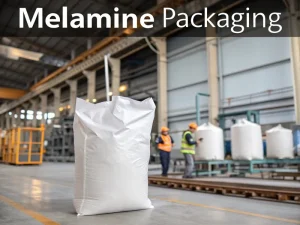
Melamine Packaging
Tech Blog Melamine packaging For manufacturers, inaccurate packaging not only fails to meet national standards but also increases labor costs and the risk of product
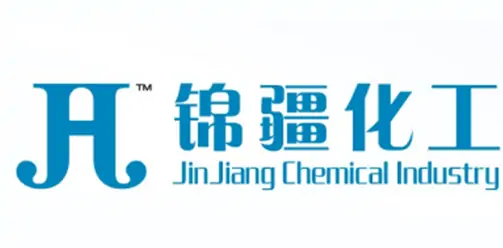
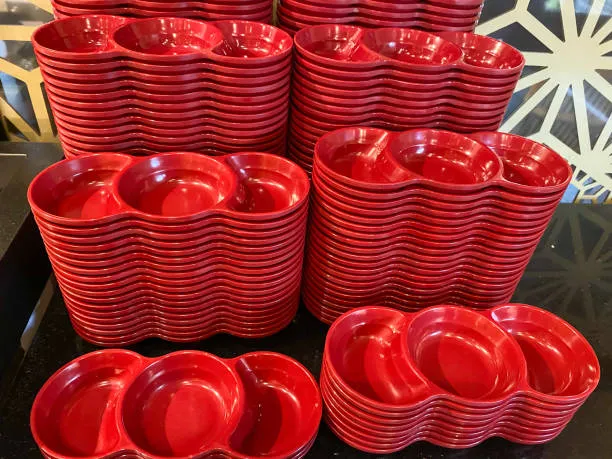
When using melamine powder for tableware, multiple safety standards need to be considered to ensure the health and safety of users. The following are some of the main aspects:
Purity and quality: The purity of melamine powder should comply with relevant standards, and the impurity content should be strictly controlled. High-purity melamine powder can ensure the quality and safety of tableware, reducing the risk of harmful substance precipitation caused by impurities.
Formaldehyde content: Melamine powder is usually polymerized from melamine and formaldehyde, and formaldehyde residue is an important safety hazard. Low-formaldehyde-content melamine powder should be selected, and formaldehyde emission should generally meet the national safety limit. Under certain testing conditions, formaldehyde emissions should not exceed the emission standard.
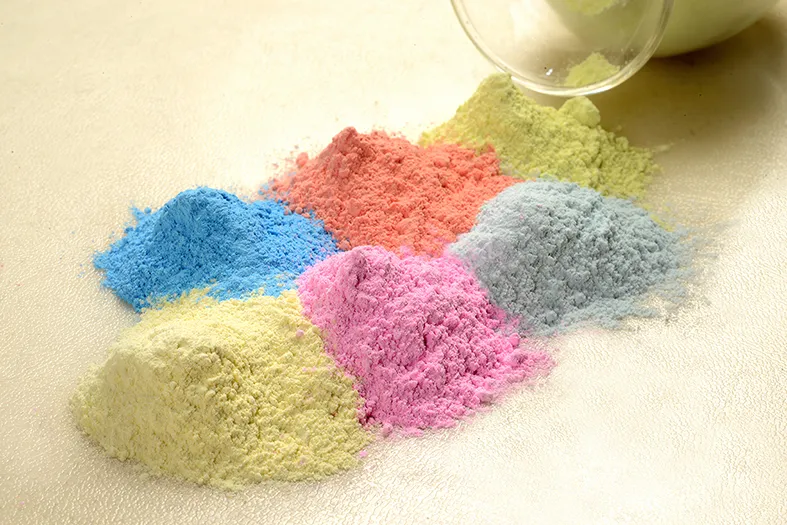
Moulding temperature and pressure: Control of temperature and pressure is crucial in the process of tableware moulding. Appropriate temperature and pressure can fully polymerize melamine powder, forming a stable structure and reducing unreacted monomer residue. Suppose the temperature is too low or the pressure is insufficient. In that case, it may lead to incomplete polymerization, causing the tableware to release harmful substances during use.
Curing time: Adequate curing time is the key to ensuring the quality of melamine tableware. Incomplete solidification of tableware may result in surface roughness, insufficient hardness, and an increased risk of harmful substance precipitation. Generally, the appropriate curing time must be determined based on the characteristics of melamine powder and production process requirements to ensure that tableware achieves good physical and chemical stability.
Clean production environment: The production workshop should be kept clean and hygienic to avoid impurities such as dust, oil stains, and chemical pollutants from entering the products. Production equipment also needs to be regularly cleaned and maintained to prevent the safety of tableware from being affected by equipment ageing or contamination.
Appearance and size: Melamine tableware should be smooth and free of bubbles, cracks, deformations, and other defects. The size should meet the requirements of relevant standards to ensure convenience and comfort in use. Appearance defects may affect the aesthetics and performance of tableware and may also suggest quality issues with the product.
Hardness: Melamine tableware should be sufficiently hard to prevent scratches and wear during use, which can affect its service life and hygiene condition. Hardness testing generally ensures that it can withstand friction and collisions during normal use.
Heat resistance: Melamine tableware can withstand changes in a certain temperature range and should not deform, crack, or release harmful substances in high-temperature environments (such as high-temperature disinfection, storing hot food, etc.). Usually, it is required to remain stable at a certain high temperature (such as 120 ℃ or higher).
Water resistance: Tableware should not exhibit water absorption, swelling, or other phenomena when in contact with water and humid environments to ensure the stability of its structure and performance. Good water resistance helps prevent bacterial growth and the release of harmful substances.
Migration testing: Conduct migration testing under various simulated usage conditions, such as soaking in different media (such as water, acidic solutions, oils, etc.), to detect the migration amount of harmful substances (such as formaldehyde, melamine, etc.). The migration amount should be lower than the national safety limit to ensure that tableware does not release excessive harmful substances into food or drinks during normal use.
Chemical corrosion resistance: Melamine tableware should be able to resist the corrosion of common substances, such as acids, alkalis, salts, etc. in food and beverages, without undergoing chemical reactions or dissolving harmful substances. Stability under different chemical environments is crucial for ensuring the safety and service life of tableware.
Microbial indicators: Melamine tableware should comply with microbiological hygiene standards, such as the total number of bacteria, coliform bacteria, pathogenic bacteria, and other indicators should not exceed the prescribed limits. Strict control of hygiene conditions is required during the production process, and disinfection treatment should be carried out before packaging to ensure that tableware is hygienic and safe before use.
Environmental requirements: Products should comply with relevant environmental standards and not pollute the environment during production, use, and disposal processes. For example, melamine tableware should have a certain degree of biodegradability or recyclability after disposal to reduce environmental pressure.
Related certifications: Production enterprises should ensure that the melamine tableware they produce passes relevant safety certifications, such as ISO food contact material safety certification, China’s food-related product production license (QS certification), etc. These certifications are an important basis for products to comply with safety standards and a necessary condition for entering the market.
Regular testing: Enterprises need to establish a sound quality testing system and conduct regular self-inspection and product inspections. The testing items should cover the above safety standards to ensure the stability and safety of product quality. At the same time, it is necessary to retain testing reports and records for traceability and inquiry.
Jinjiang as China melamine powder manufacturer, we supplier high quality melamine powder, contact with us!

Tech Blog Melamine packaging For manufacturers, inaccurate packaging not only fails to meet national standards but also increases labor costs and the risk of product

Tech Blog How to Detect Melamine in Textiles? Melamine powder, a nitrogen-containing heterocyclic compound, is widely used in flame-retardant textiles and plastic products due to
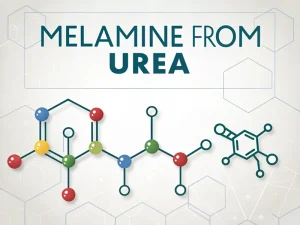
Tech Blog melamine from urea Melamine is well-known for its wide range of applications, but its raw material for production is surprisingly urea. For manufacturers,

JINGJIANG MELAMINE POWDER
© JINJIANG MELAMINE